Home>Health & Lifestyle>Air Quality & Filtration>How To Use A Air Freshener
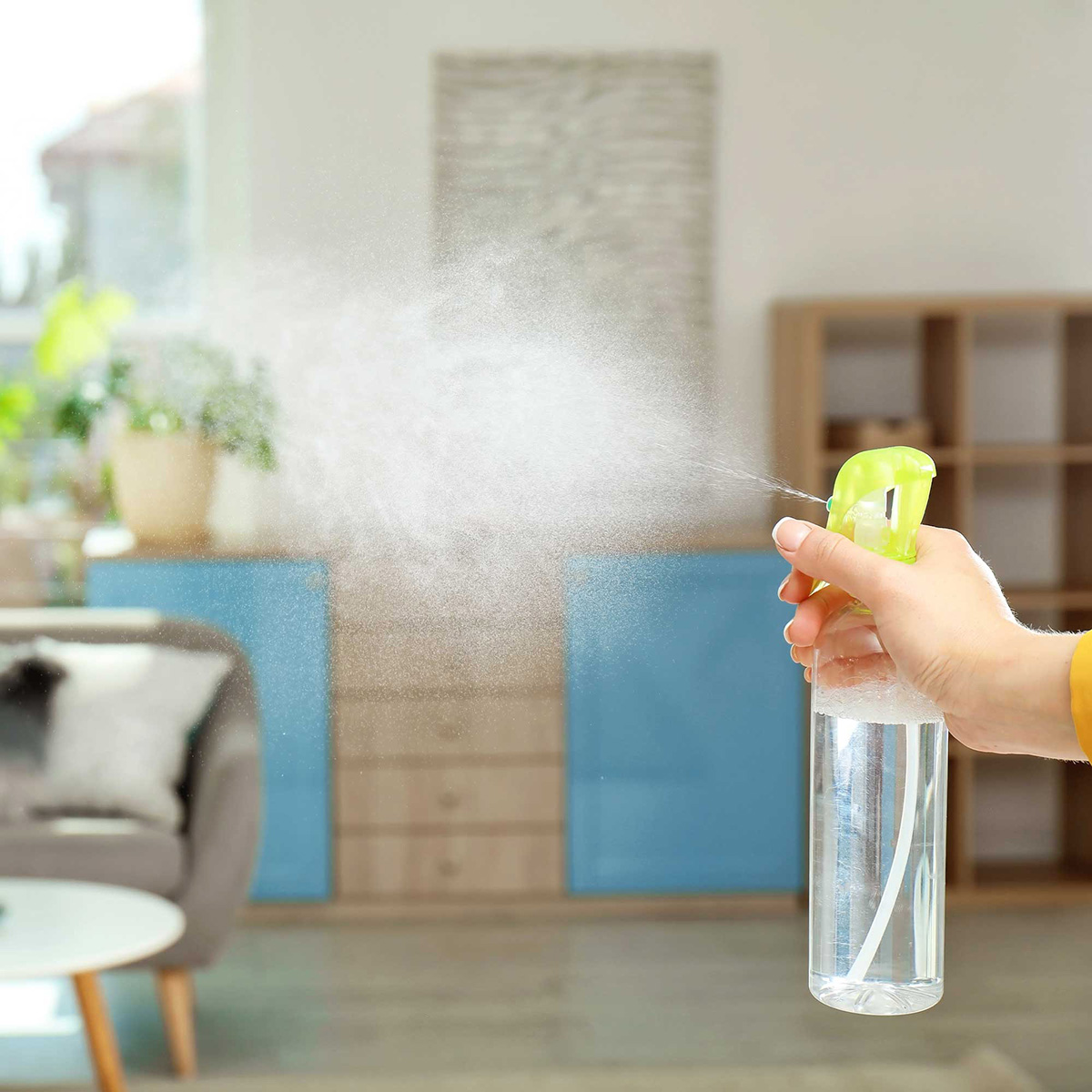

Air Quality & Filtration
How To Use A Air Freshener
Modified: February 25, 2024
Improve the air quality and filtration in your space with our comprehensive guide on how to effectively use an air freshener. Enhance your environment for a fresher and healthier experience.
(Many of the links in this article redirect to a specific reviewed product. Your purchase of these products through affiliate links helps to generate commission for Storables.com, at no extra cost. Learn more)
Introduction
Welcome to the ultimate guide on how to use an air freshener! In our modern world, air quality plays a crucial role in maintaining a healthy and pleasant environment. One of the most effective ways to improve the fragrance of indoor spaces is by using air fresheners.
Air fresheners come in various types and scents, allowing you to customize the ambiance of your home or office. But with so many options available, it can be overwhelming to choose the right one and use it effectively. That’s why we’ve put together this comprehensive guide to help you navigate through the world of air fresheners.
Throughout this article, we will dive into different types of air fresheners, provide tips on choosing the right fragrance, discuss the best placement options, go over instructions on how to use an air freshener correctly, offer tips for maximizing their effectiveness, and touch on potential safety considerations. By the end of it, you’ll be equipped with the knowledge you need to create a fresh and inviting atmosphere wherever you go.
Whether you want to eliminate unpleasant odors, create an inviting ambiance for guests, or simply enjoy a pleasant scent for yourself, using an air freshener is a fantastic solution. Let’s delve into the fascinating world of air fresheners and explore the different ways they can enhance your indoor air quality and overall well-being.
Key Takeaways:
- Elevate your space with the perfect air freshener by considering personal preferences, seasonal variations, and ambiance to create a refreshing and inviting atmosphere.
- Maximize the effectiveness of air fresheners by strategically placing them, following usage instructions, and considering safety precautions for a delightful and safe fragrance experience.
Read more: How To Use Room Freshener
Types of Air Fresheners
When it comes to selecting an air freshener, it’s essential to understand the different types available. Each type has its own unique characteristics and methods of dispersing fragrance. Let’s take a closer look at the most common types of air fresheners:
- Aerosol Sprays: These air fresheners come in pressurized spray cans and release a fine mist of fragrance into the air. They are convenient to use and offer a quick burst of scent. However, they may contain chemical propellants that can be harmful to the environment or cause allergic reactions in some individuals. It’s essential to use aerosol sprays in well-ventilated areas.
- Gel Air Fresheners: Gel-based air fresheners consist of a thick gel infused with fragrance. They are often placed in decorative containers and slowly release scent over time. Gel air fresheners are popular for their long-lasting fragrance and ease of use. However, they may not be as effective in larger rooms or high-traffic areas.
- Plug-in Air Fresheners: These air fresheners are designed to be plugged into electrical outlets. They contain a scented oil cartridge that is heated, releasing fragrance into the air. Plug-in air fresheners are known for their consistent and long-lasting scent. However, it’s important to use them in well-ventilated areas and avoid placing them near fabric or flammable materials.
- Reed Diffusers: Reed diffusers consist of a glass or ceramic container filled with scented oil. The fragrance is absorbed by thin reeds, which gradually release the scent into the air. Reed diffusers are a popular choice for their aesthetic appeal and continuous fragrance diffusion. They are ideal for smaller spaces and can last for several months.
- Electric Air Fresheners: Electric air fresheners use a fan or heat element to disperse scent into the air. They often come in the form of small devices that can be placed on a tabletop or mounted on a wall. Electric air fresheners offer customizable fragrance intensity and are suitable for larger areas. However, it’s important to clean or replace the scent cartridges regularly to maintain their effectiveness.
These are just a few of the many types of air fresheners available on the market. Each type has its own advantages and considerations, so it’s essential to choose the one that best meets your needs and preferences. Now that you’re familiar with the different types of air fresheners, let’s move on to the next step: selecting the right fragrance.
Choosing the Right Fragrance
When it comes to selecting an air freshener, the fragrance you choose can have a significant impact on the overall ambiance of your space. Fragrances can evoke different emotions, create a sense of calm, invigorate your senses, or transport you to a specific time or place. Here are some factors to consider when choosing the right fragrance:
- Personal Preference: The first and most important factor is your personal preference. Think about the scents that you find most pleasing and enjoyable. Whether you prefer fruity, floral, woody, or fresh scents, selecting a fragrance that aligns with your tastes will help create a more inviting and comfortable environment.
- Location and Purpose: Consider the location and purpose of the space where you will be using the air freshener. For example, a light and fresh scent may be ideal for bathrooms or kitchens, while a warm and cozy scent may be more suitable for living areas or bedrooms. Tailoring the fragrance to the specific environment can enhance the overall experience.
- Seasonal Variations: Another aspect to consider is the time of year. Some scents are associated with specific seasons. For example, citrus or floral fragrances are often preferred in spring and summer, while warm and spicy scents are favored during fall and winter. Choosing a fragrance that complements the season can help create a cohesive and inviting atmosphere.
- Ambience: Fragrances can also be used to create a particular ambience or mood. For a relaxing and calming atmosphere, opt for scents like lavender or chamomile. If you want to energize or uplift your space, citrus or minty fragrances can do the trick. Experiment with different scents to find the ones that create the desired vibe.
- Allergies and Sensitivities: If you or anyone in your household has allergies or sensitivities to certain scents, it’s important to choose fragrance options that are hypoallergenic or labeled as suitable for sensitive individuals. Additionally, opting for natural or organic air fresheners can help minimize any potential allergic reactions.
Remember, fragrance selection is a personal choice, and what works for one person may not work for another. Take the time to explore different scents, read reviews, or even sample fragrances before committing to a particular air freshener. By selecting the right fragrance, you can elevate the atmosphere of your space and create a more enjoyable environment.
Placement of Air Fresheners
Proper placement of air fresheners is crucial in maximizing their effectiveness and ensuring a well-balanced distribution of fragrance throughout your space. Consider the following tips when deciding where to place your air fresheners:
- Central Locations: To achieve optimal coverage, place your air freshener in a central location within the room. This allows the fragrance to disperse more evenly, ensuring that the entire space benefits from the pleasant scent.
- Entryways and Exits: Positioning air fresheners near entryways and exits can help create a welcoming first impression. As people enter or exit the room, they will encounter the refreshing scent, enhancing their overall experience.
- Avoid Obstructions: Make sure to place air fresheners in areas where they are not obstructed by furniture, curtains, or other objects. Obstructions can hinder the scent diffusion and limit the effectiveness of the air freshener. Consider elevating them on shelves or using wall-mounted options for better coverage.
- Bathrooms: Bathrooms are a common area where unpleasant odors can linger. Place air fresheners in bathrooms to mask any unwanted smells and create a fresh and inviting environment. Consider using options specifically designed for small spaces, such as gel air fresheners or automatic sprays.
- Kitchens: In the kitchen, lingering cooking odors can be bothersome. Position air fresheners near the kitchen area to neutralize any unwanted smells and leave the space smelling clean and fresh. Electric air fresheners or reed diffusers work well in the kitchen due to their continuous fragrance release.
- Bedrooms: Bedrooms are a retreat for relaxation and sleep. Choose a calming and soothing fragrance for your bedroom and place the air freshener near your bedside table or dresser. Ensure the scent is not overpowering, as it may disrupt your sleep.
- Living Areas: Consider placing air fresheners in your living room, dining room, or any other frequently used areas. These spaces benefit from a pleasant fragrance, as it can create an inviting and cozy atmosphere for both residents and guests. Electric air fresheners or reed diffusers are ideal for larger living areas.
- Car: Air fresheners are not limited to indoor spaces; they can also be used in your car. Choose car-specific air fresheners that are designed to withstand temperature changes and fit securely in your vehicle. Hang them on your rearview mirror or clip them to your air vents for a refreshing and enjoyable commute.
Remember to consider the specific characteristics and instructions provided with your chosen air freshener. Different types may have specific placement recommendations for optimal performance. By strategically placing air fresheners in key areas, you can ensure a delightful fragrance experience throughout your space.
When using an air freshener, make sure to read the instructions carefully and place it in a well-ventilated area for maximum effectiveness. Avoid placing it near heat sources or direct sunlight.
Instructions for Using an Air Freshener
Using an air freshener may seem straightforward, but following the proper instructions can help you get the most out of your chosen product. Here are some general guidelines to consider when using an air freshener:
- Read the Instructions: Before using the air freshener, carefully read the instructions provided by the manufacturer. Each type of air freshener may have specific usage guidelines, such as recommended distances, time intervals, or safety precautions.
- Prepare the Air Freshener: Depending on the type of air freshener, you may need to prepare it before use. For example, with aerosol sprays, you may need to shake the can before spraying. For plug-in air fresheners, insert the scented oil cartridge into the base unit before plugging it into the electrical outlet.
- Choose the Intensity: Some air fresheners offer adjustable intensity settings, allowing you to customize the fragrance level. Consider your personal preference and the size of the space when selecting the intensity. Start with a lower setting and adjust as needed to avoid overwhelming the area with too strong a scent.
- Timing: If your air freshener has a timer or programmable function, set it according to your needs. This feature can help regulate the frequency of fragrance release, ensuring a consistent scent throughout the day. Adjust the timing based on the room size and preference.
- Keep Away from Flames or Heat Sources: Ensure that the air freshener is placed away from any open flames, heat sources, or objects that can easily ignite. This is particularly important for aerosol sprays or plug-in air fresheners that use heat or electricity to disperse fragrance.
- Regular Maintenance: Some air fresheners require regular maintenance, such as cleaning or replacing cartridges or refilling gel containers. Follow the manufacturer’s instructions to keep the air freshener operating at its best. Regular maintenance will ensure maximum performance and a longer lifespan for the product.
- Store Properly: If you have unused air fresheners or need to store them temporarily, make sure to store them in a cool, dry place away from direct sunlight. Extreme temperatures or exposure to sunlight can affect the fragrance and overall effectiveness of the product.
Remember to always exercise caution when using any type of air freshener. If you have specific concerns or questions about a particular product, refer to the manufacturer’s instructions or contact their customer service for further assistance. Following the instructions will help you get the most out of your air freshener and create a refreshing and inviting atmosphere in your space.
Read more: How To Use Toilet Bowl Freshener
Tips for Maximizing the Effectiveness of Air Fresheners
While air fresheners are designed to enhance the fragrance of your space, there are several tips you can follow to maximize their effectiveness and ensure a long-lasting scent. Consider the following tips:
- Clean the Space: Before using an air freshener, make sure to clean the space thoroughly. Dust, dirt, and lingering odors can diminish the effectiveness of the fragrance. Regularly dust surfaces, vacuum carpets, and clean upholstery to create a fresh canvas for the air freshener to work its magic.
- Control Odors at the Source: Air fresheners work best in conjunction with proper odor control. Identify and address the root cause of any unpleasant smells, such as disposing of rubbish, cleaning pet areas, or addressing mold or mildew issues. By eliminating or minimizing the source of odors, you’ll enhance the effectiveness of the air freshener.
- Combine Fragrance Methods: Experiment with using different types of air fresheners in your space. For example, place a plug-in air freshener in one area and a reed diffuser in another. By combining different fragrance methods, you can achieve a more well-rounded and long-lasting scent throughout the room.
- Adjust Placement as Needed: If you find that the fragrance is not evenly distributed or too strong in certain areas, adjust the placement of the air freshener accordingly. Move it closer to problem areas or experiment with different heights and angles to achieve better coverage.
- Rotate Fragrances: To prevent olfactory fatigue, which occurs when your nose becomes accustomed to a specific scent, consider rotating the fragrances you use. Switching between different scents every few weeks can help keep your senses refreshed and prevent them from becoming desensitized to a particular fragrance.
- Keep the Space Well-Ventilated: Proper ventilation is essential in ensuring that the fragrance is dispersed effectively throughout the room. Open windows or use fans to circulate the air and allow the scent to spread evenly. This is particularly important when using aerosol sprays, as they may require more ventilation to avoid excessive buildup of chemicals.
- Avoid Overuse: Using too much air freshener can overwhelm your space and create an unpleasant, overpowering scent. Follow the instructions regarding recommended usage and intervals to strike a balance between a fresh ambiance and an overpowering fragrance.
- Remove Odor Sources: In addition to using air fresheners, identify and remove any potential odor sources. This can include smelly shoes, damp towels, or food waste that may be contributing to unpleasant smells. By addressing the root cause of odors, you can achieve a more pleasant and long-lasting fragrance in your space.
By incorporating these tips into your air freshening routine, you can maximize the effectiveness of your chosen product and enjoy a fresh and inviting atmosphere in your space. Remember, experimentation and finding the right balance are key to achieving the desired fragrance experience.
Potential Safety Considerations
While air fresheners can enhance the ambiance of your space, it’s important to be aware of potential safety considerations when using them. Here are some important factors to keep in mind:
- Allergies and Sensitivities: Some individuals may have allergies or sensitivities to certain fragrances or chemicals used in air fresheners. If you or anyone in your household experiences allergic reactions, respiratory issues, or skin irritations when using an air freshener, discontinue its use and consider switching to hypoallergenic or natural alternatives.
- Proper Ventilation: Ensure that your space is adequately ventilated when using air fresheners, especially aerosol sprays or plug-in air fresheners. Proper ventilation helps prevent the buildup of chemicals in the air and reduces the risk of respiratory issues. Open windows or use fans to promote air circulation.
- Flammability: Some air fresheners, such as aerosol sprays or plug-in air fresheners, contain flammable substances. Keep these products away from open flames, heat sources, or areas with high temperatures. Take extra precautions in the kitchen and avoid using air fresheners near stovetops or other appliances that generate heat.
- Pets: Certain fragrances and chemicals used in air fresheners may be harmful to pets. Some animals, particularly cats, are more sensitive to certain scents. Avoid placing air fresheners in areas where pets spend a lot of time, and be observant of any behavioral changes in your pets when introducing a new air freshener.
- Child Safety: Keep air fresheners out of reach of children, especially aerosol sprays, which can be harmful if ingested. Consider using childproof covers on electrical outlets if using plug-in air fresheners. Follow all safety instructions and keep the product and packaging away from children to prevent accidents.
- Indoor Air Quality: While air fresheners can mask unpleasant odors, they do not address poor indoor air quality at its source. It’s important to address the root cause of any odor problems by maintaining proper cleanliness, eliminating mold or mildew, and ensuring good ventilation. Using air fresheners as a supplement, rather than a sole solution, is recommended.
- Follow Manufacturer’s Instructions: Always follow the manufacturer’s instructions when using any air freshener. Each type of air freshener may have specific usage guidelines and safety recommendations. Ignoring these instructions could potentially compromise the effectiveness of the product or pose safety risks.
Being aware of these safety considerations will help you use air fresheners responsibly and ensure a safe and pleasant environment for you and your loved ones. If you have any concerns or questions regarding the safety of a specific air freshener, don’t hesitate to reach out to the manufacturer for more information.
Conclusion
Air fresheners are an excellent way to enhance the fragrance and ambiance of your indoor spaces. By understanding the different types of air fresheners, selecting the right fragrance, properly placing them, following instructions, and considering safety precautions, you can create a refreshing and inviting atmosphere throughout your home or office.
When choosing an air freshener, consider your personal preferences, the location, and the purpose of the space. Experiment with different scents and methods of fragrance dispersion to find the perfect balance for your surroundings. Remember to rotate fragrances to prevent olfactory fatigue and keep your senses stimulated.
Proper placement of air fresheners is crucial in maximizing their effectiveness. Position them in central locations, near entryways and exits, and in areas where odors tend to linger. Avoid obstructions to ensure even distribution of the fragrance.
Follow the instructions provided by the manufacturer for each type of air freshener to achieve the best results. This includes preparing the air freshener before use, choosing the right intensity, and maintaining it regularly. Consider safety precautions such as ventilation, flammability, allergies, and child safety when using air fresheners.
Lastly, keep in mind that air fresheners should complement proper odor control and cleanliness practices rather than serve as a sole solution. Regular cleaning, addressing odor sources, and promoting good indoor air quality are essential factors in maintaining a fresh, pleasant environment.
By incorporating the tips and guidelines discussed in this article, you can maximize the effectiveness of air fresheners and create an inviting atmosphere wherever you go. Enjoy the delightful scents and the positive impact they have on your well-being and the overall ambiance of your space.
Frequently Asked Questions about How To Use A Air Freshener
Was this page helpful?
At Storables.com, we guarantee accurate and reliable information. Our content, validated by Expert Board Contributors, is crafted following stringent Editorial Policies. We're committed to providing you with well-researched, expert-backed insights for all your informational needs.
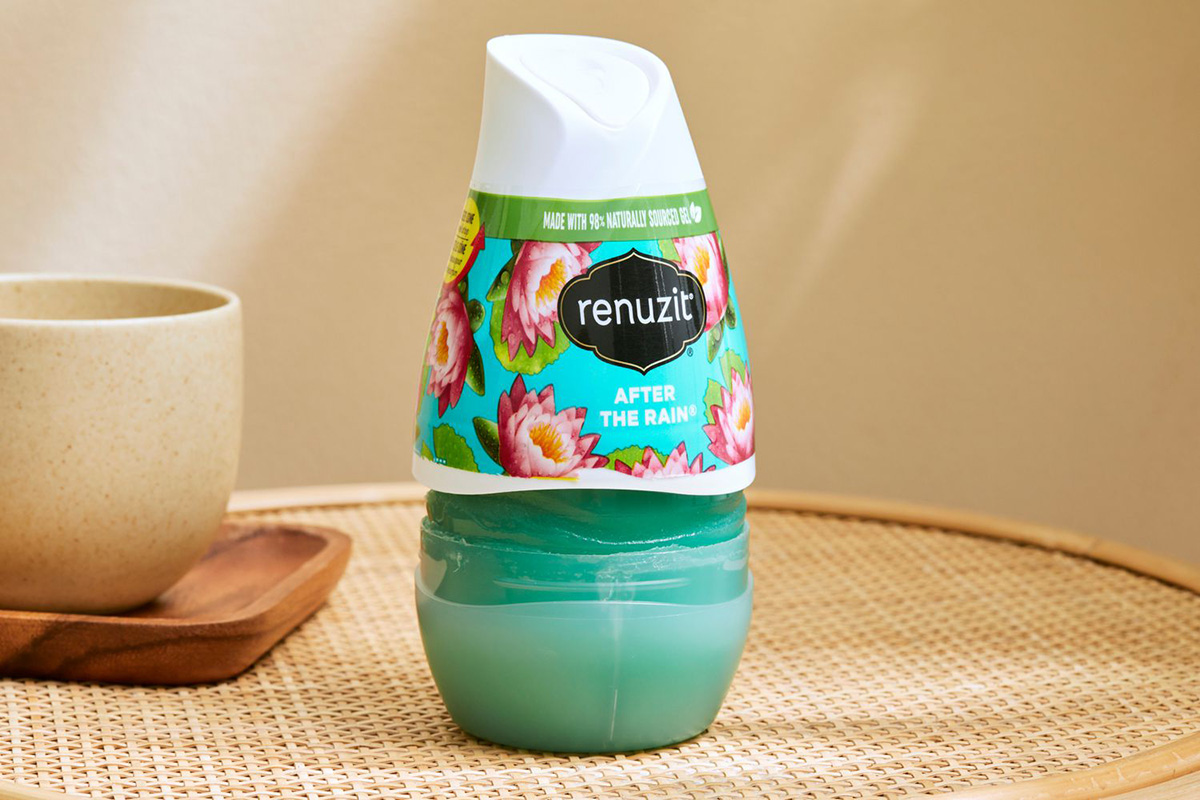
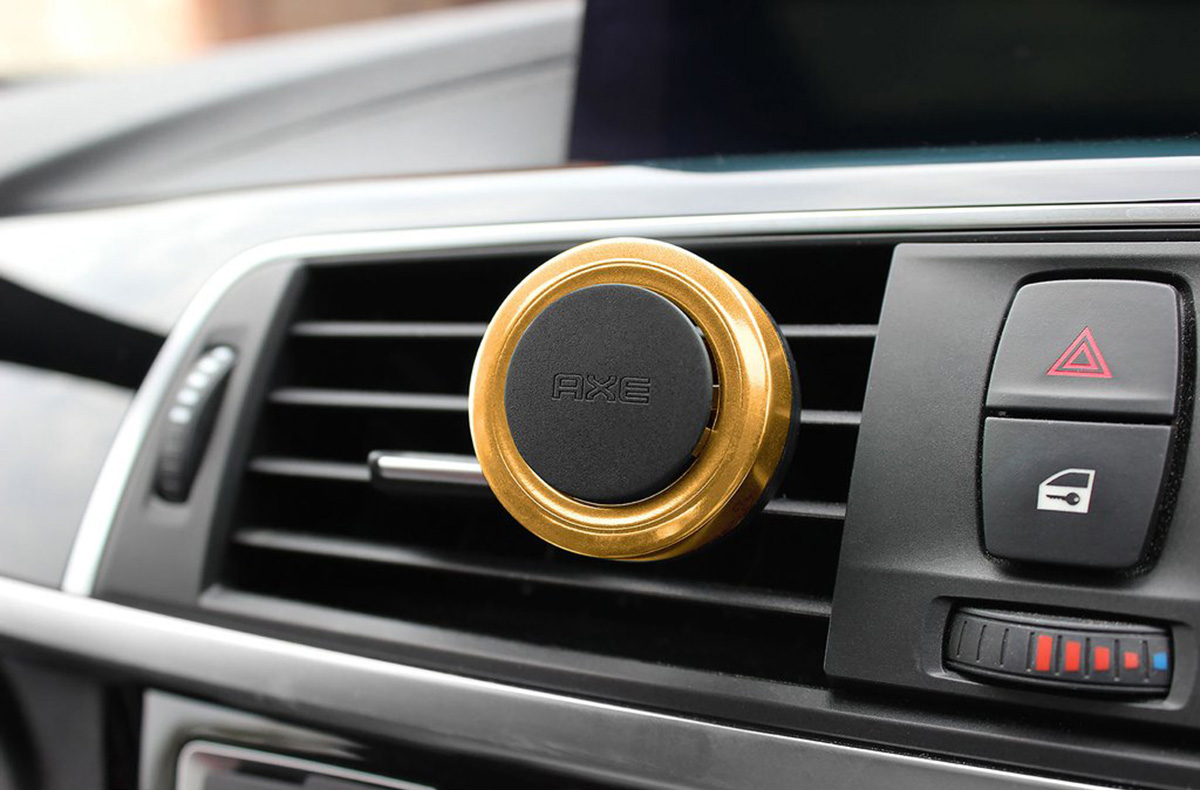
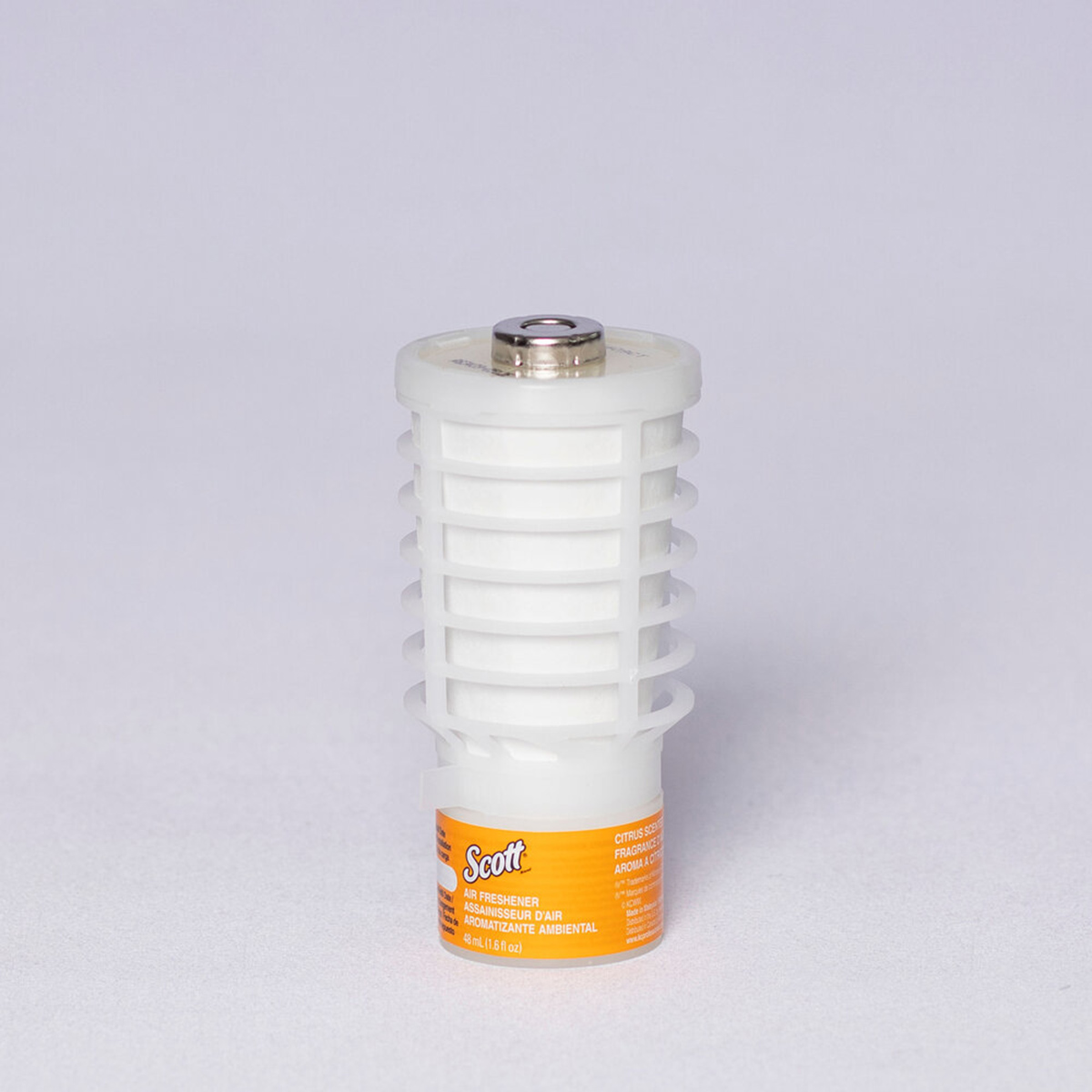
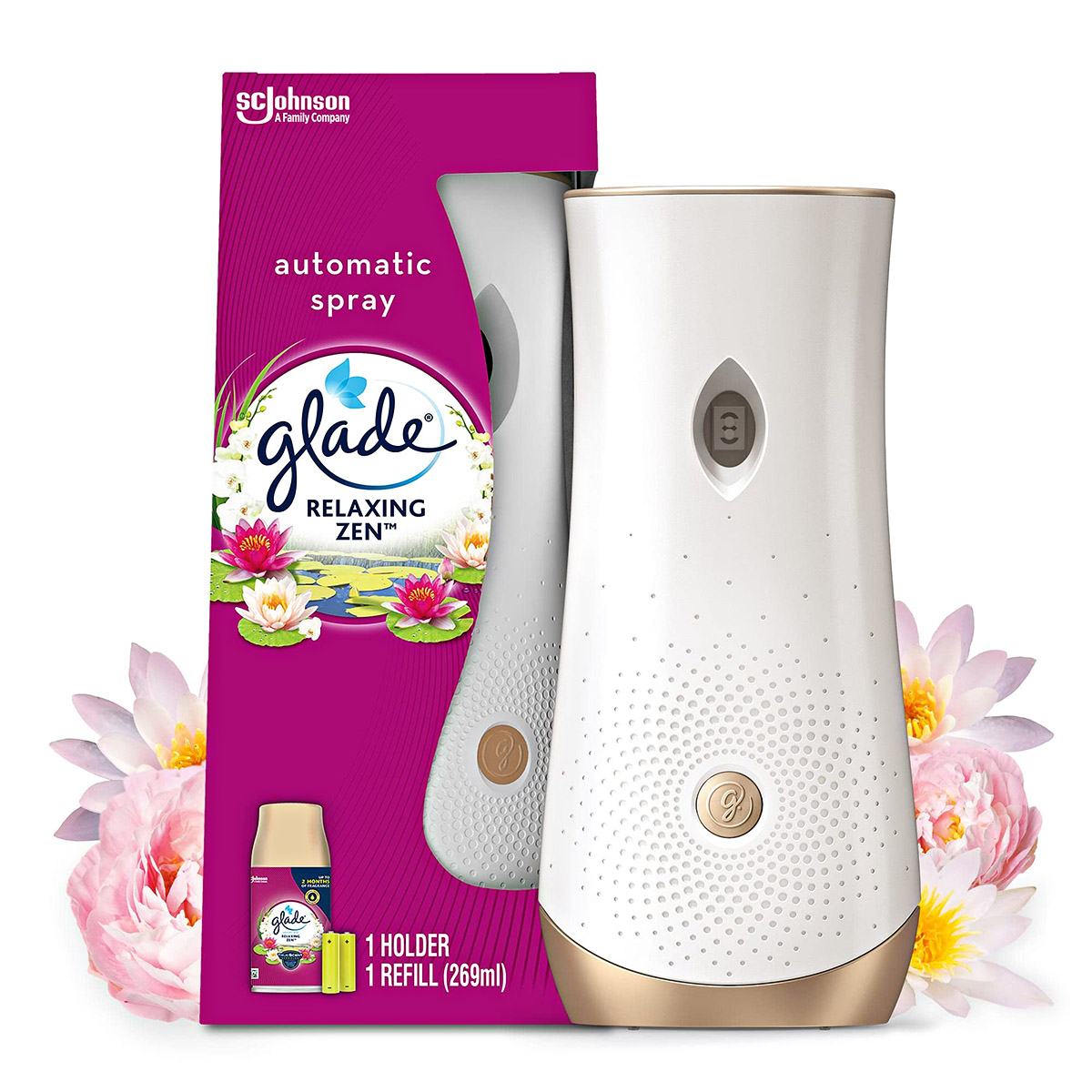
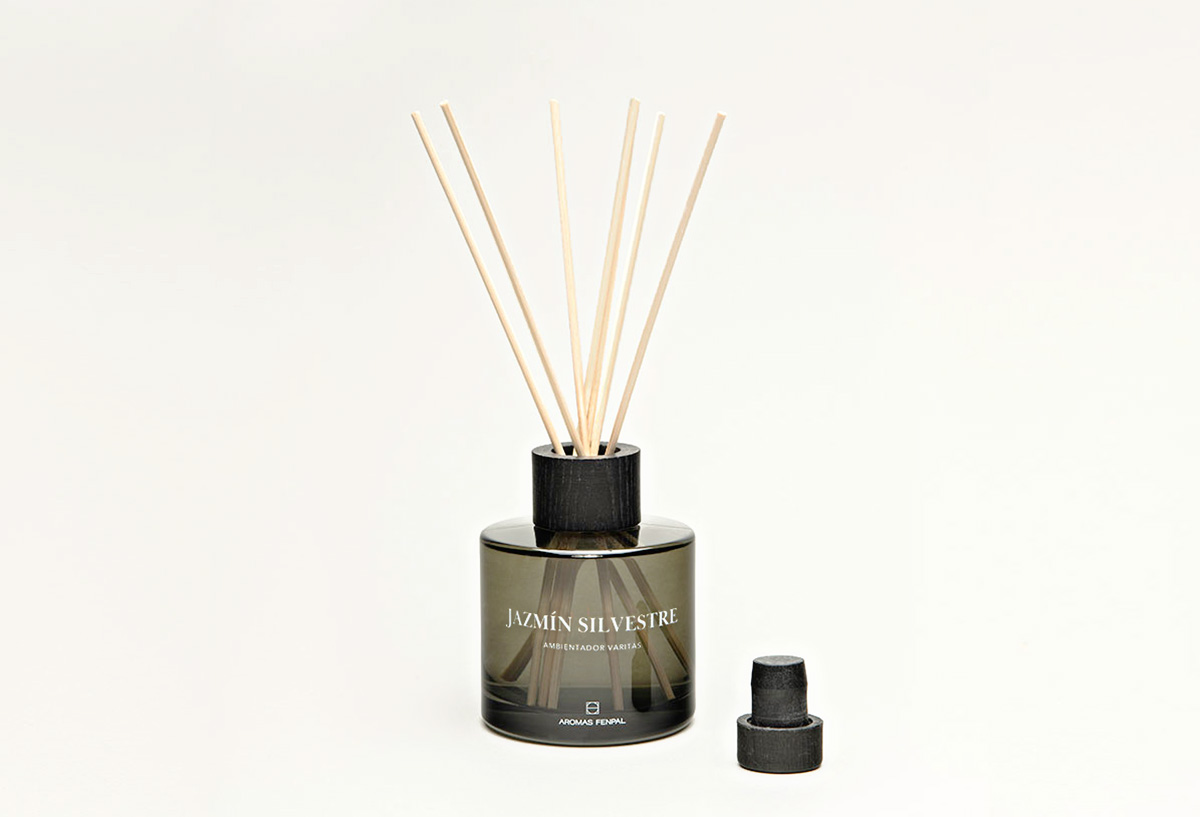

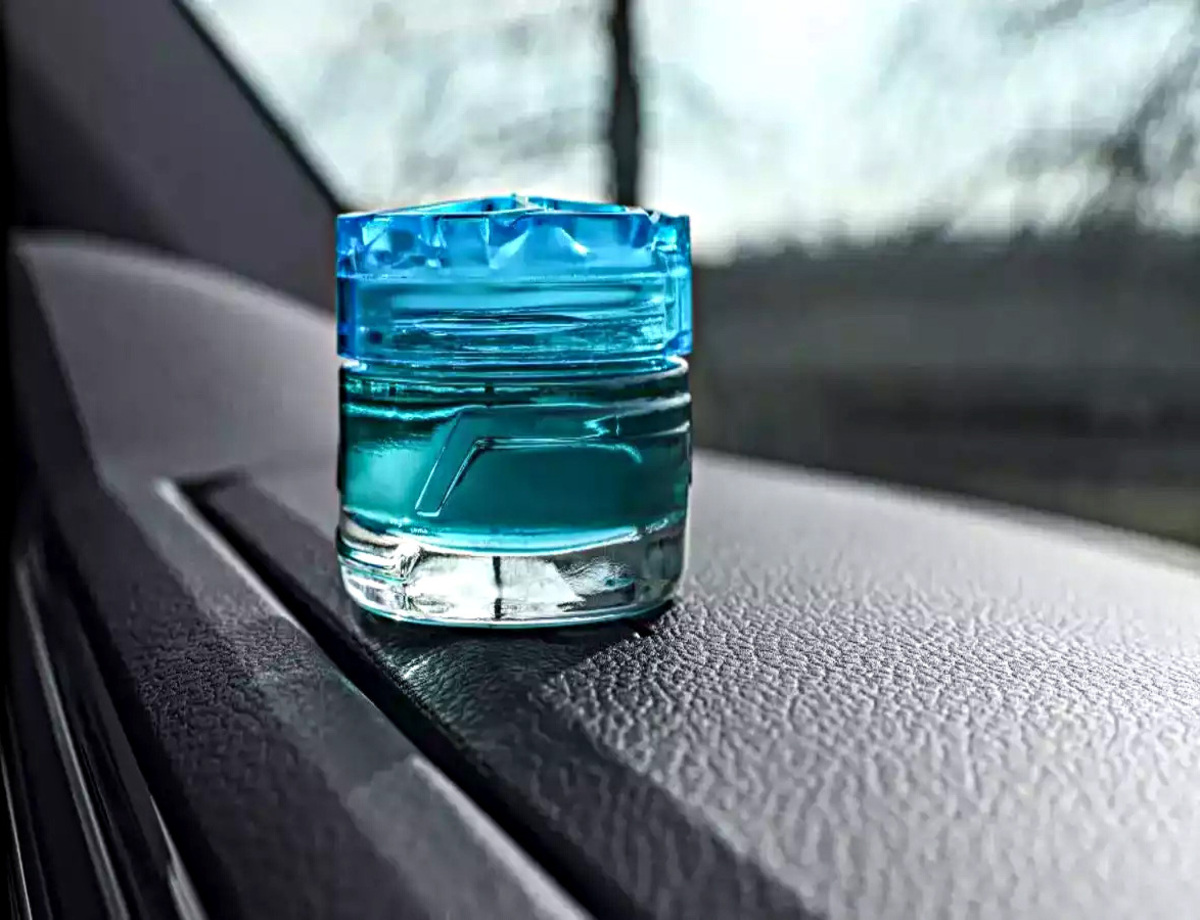
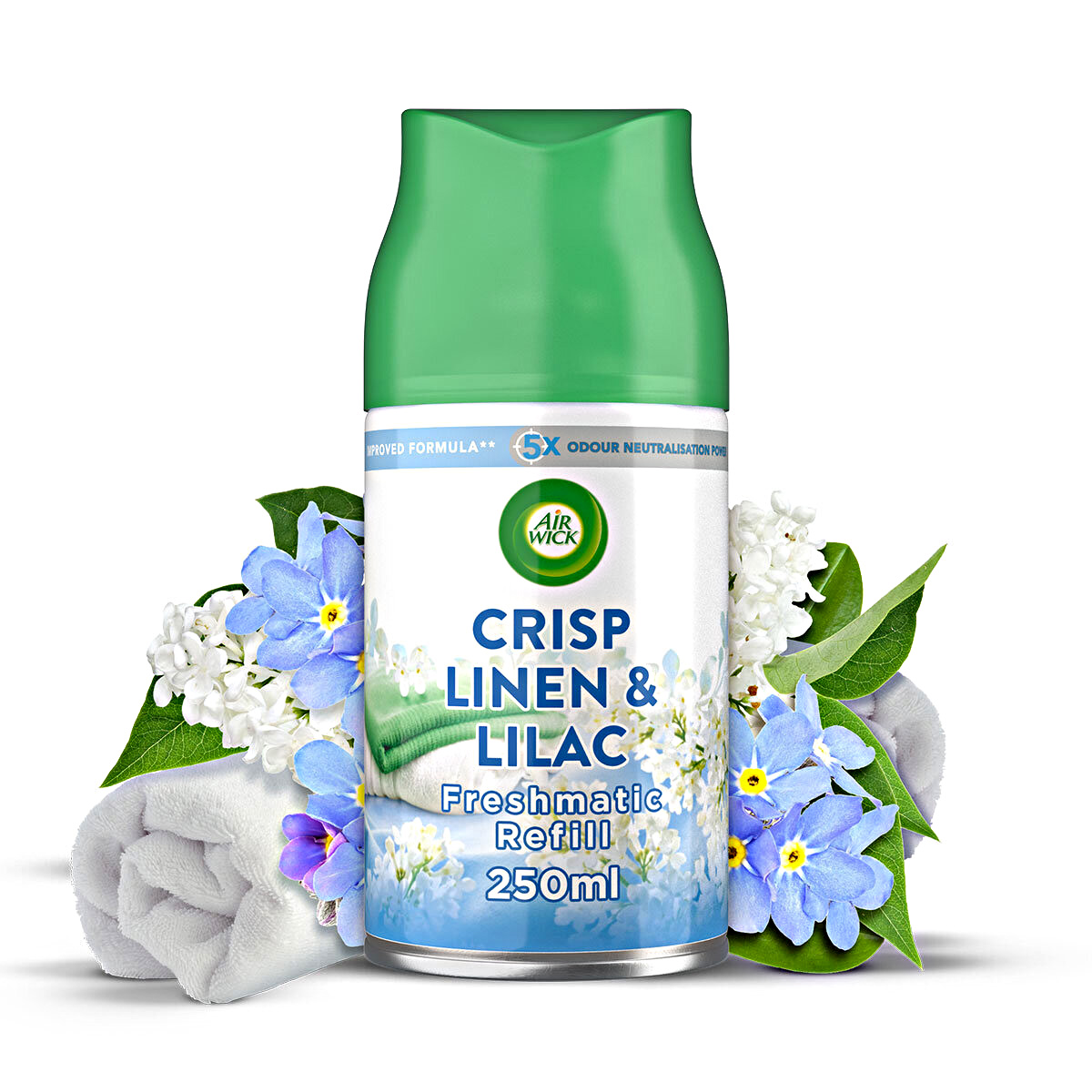

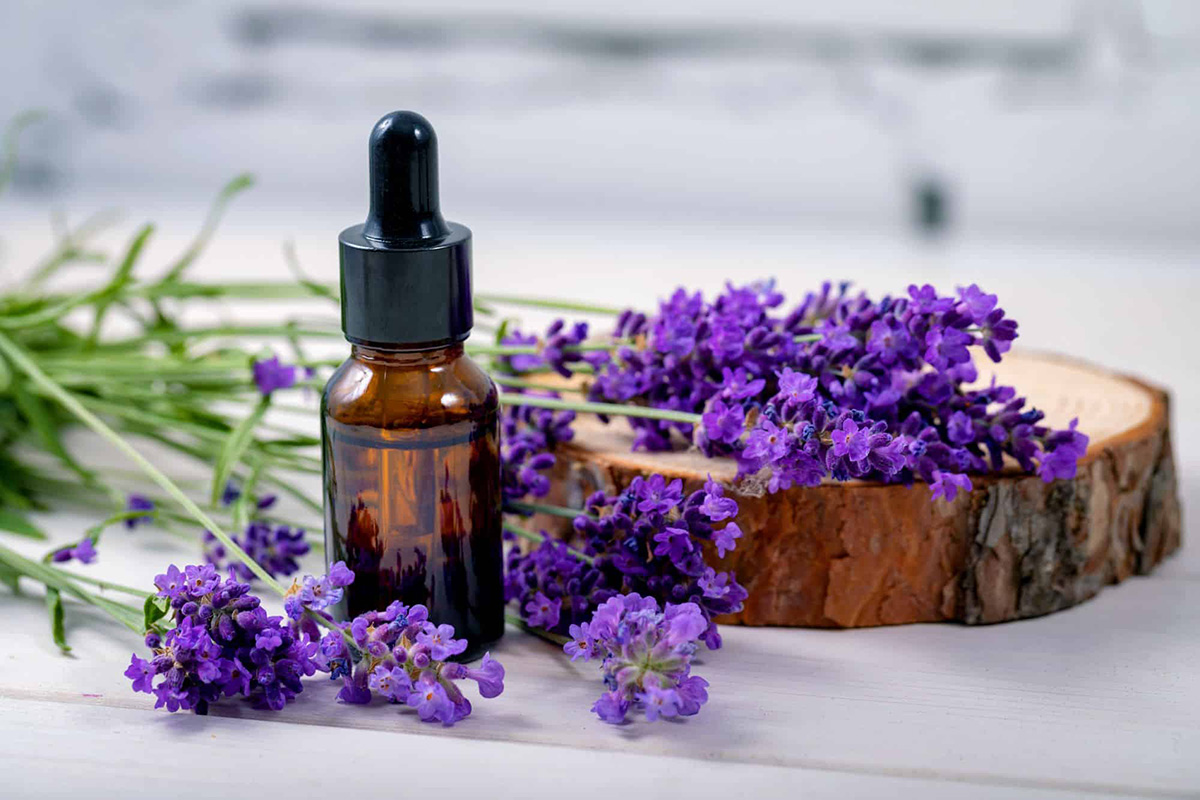
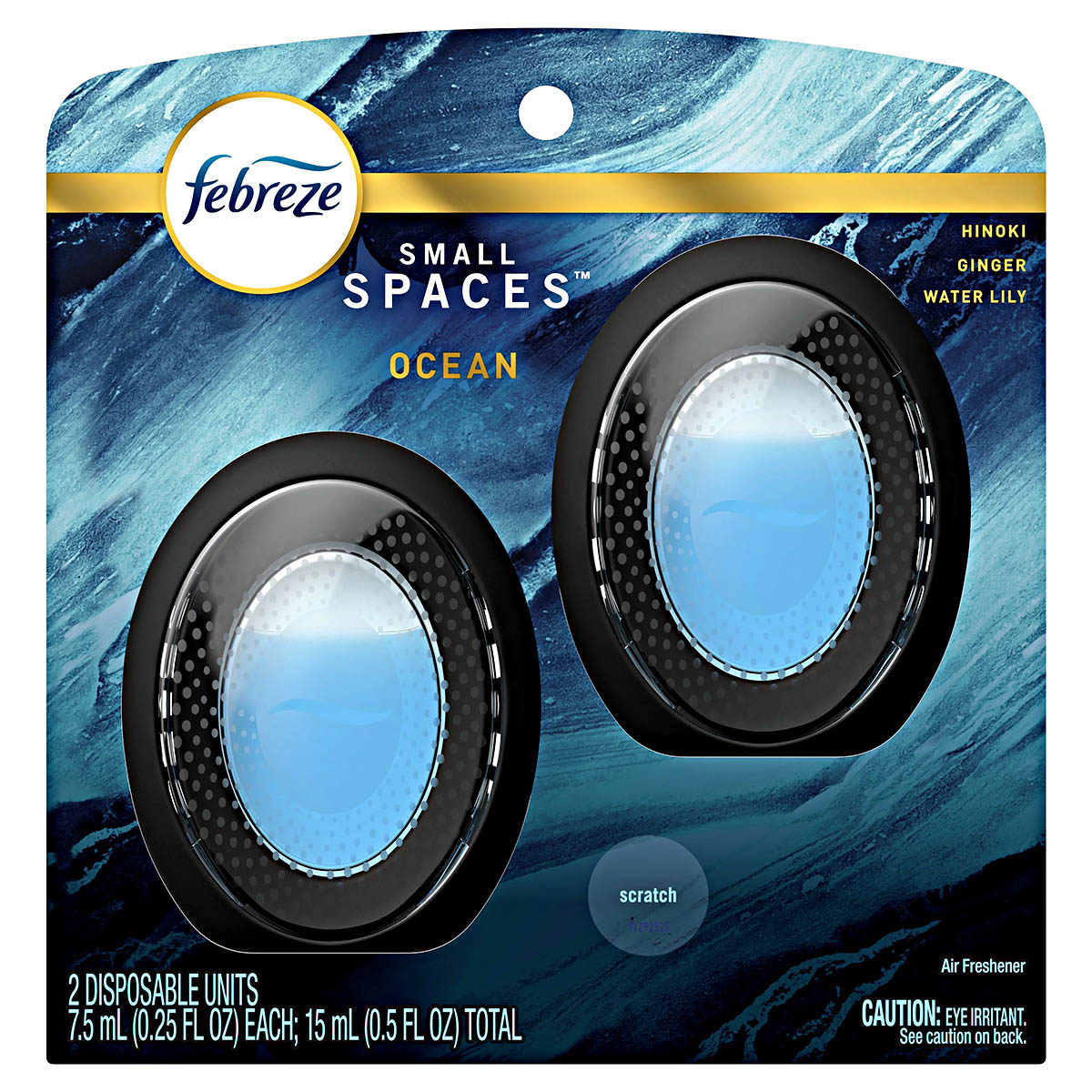

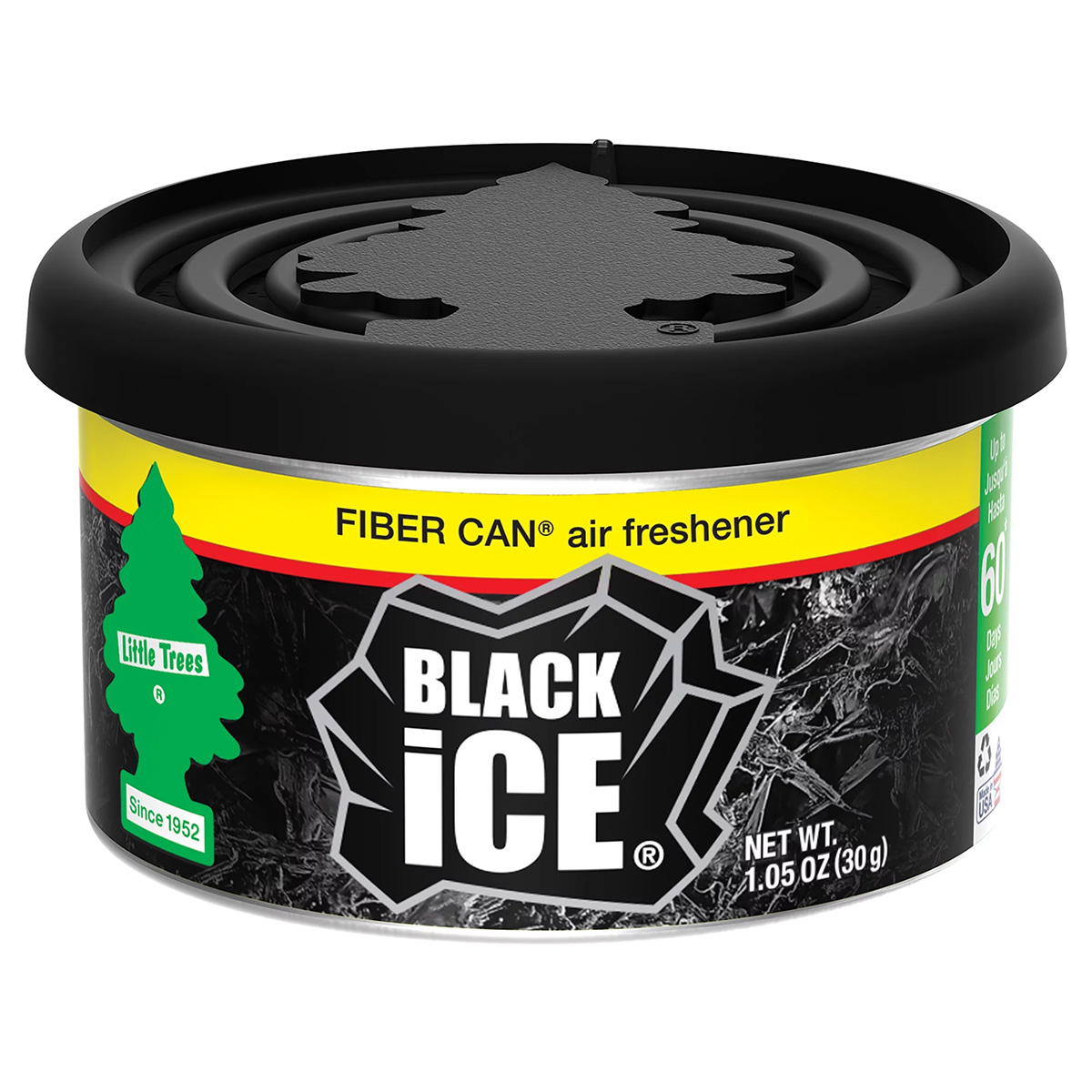
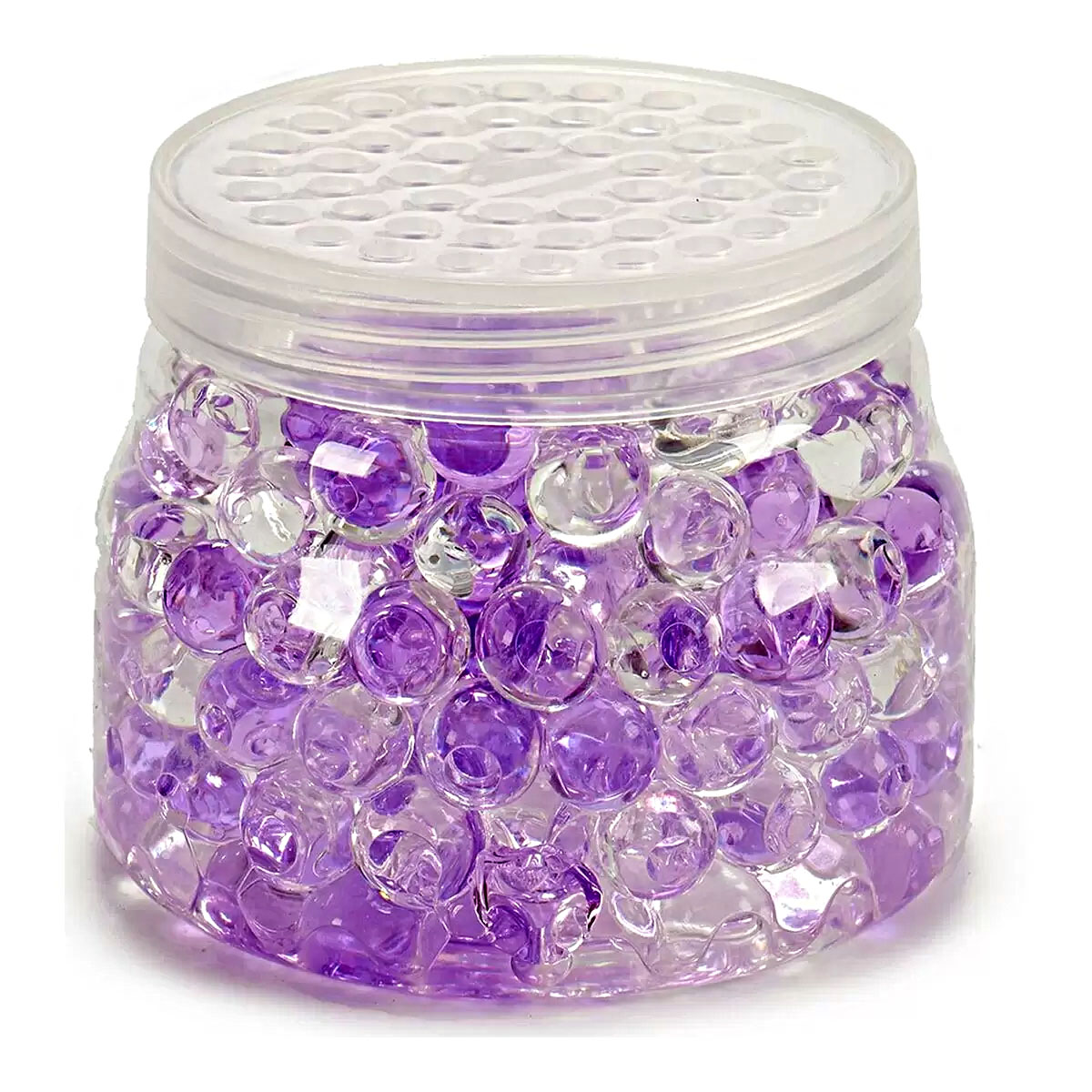

0 thoughts on “How To Use A Air Freshener”